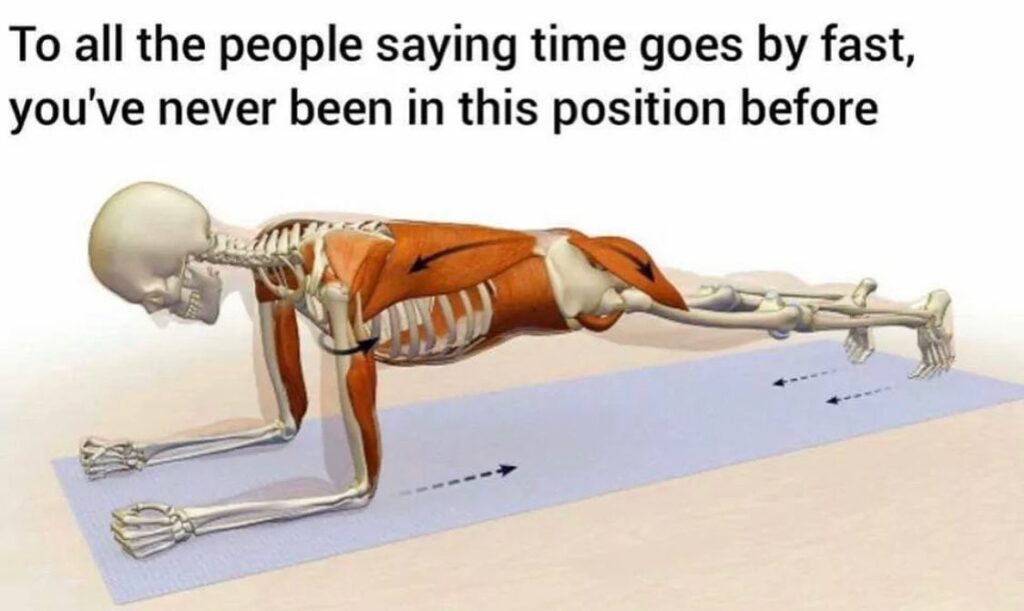Are You Doing Planks Wrong? The 10-Second Secret to Core Strength
Planks are a go-to exercise for core strengthening, appearing in gyms, physical therapy sessions, and fitness studios everywhere. But are you getting the most out of your planks? Many people perform them incorrectly, diminishing their effectiveness. Research from experts like Stuart McGill suggests that holding a plank for extended periods might actually be counterproductive. The key to a truly effective plank isn’t about duration; it’s about tension and full-body engagement.
The McGill Method: Quality Over Quantity
Stuart McGill, a leading expert in spine biomechanics, emphasizes core exercises that build stiffness and endurance for real-world activities and injury prevention. He argues that short, intense contractions are superior to long, relaxed holds. The goal isn’t to see how long you can hold a plank, but how much tension you can generate in a short amount of time. If you’re holding a plank for over a minute, you’re likely compensating and not engaging the right muscles.
The Proper Plank Setup: A Step-by-Step Guide
Here’s how to maximize the effectiveness of your plank, focusing on full-body tension:
- Activate Your Core: Start in a quadruped (hands and knees) position. Consciously engage your abdominal and core muscles. This pre-engagement is crucial.
- Hand and Elbow Position: Grasp your hands together, interlocking your fingers. Position your elbows on the ground, creating a 45-degree angle with your forearms.
- Engage Your Shoulders: Depress your shoulder blades (pull them down and back). Co-contract all the muscles in your shoulder region. You should feel like you’re pulling your elbows, shoulder blades, and forearms together, while also pulling your arms and elbows down and your toes and legs up.
- Extend One Leg: Maintaining core and shoulder tension, extend one leg back, placing it at approximately hip-width. Focus on squeezing your glutes as tightly as possible.
- Extend the Other Leg: Slowly and with control, extend the opposite leg back into the same position. Maintain the tension you’ve already built in your core, shoulders, and the first leg.
- Pelvic Position: Your pelvis should be slightly posterior rotated (butt up slightly), with a neutral spine and straight knees. This optimizes spinal alignment and core engagement.

Why Longer Planks Often Fail:
If you can hold a plank for a long time, it’s likely that:
- You’re compensating: Other muscles are taking over, reducing core engagement.
- Your spine is compromised: Your back might be sagging or arching, putting stress on your spine.
- It’s less effective: Without proper tension, the exercise becomes about holding a position, not strengthening.
Beyond the 10-Second Plank:
While the 10-second plank highlights the importance of intensity, it’s not a rigid rule. The ideal duration depends on your fitness level and goals. As you get stronger, consider plank variations (moving planks, weighted planks, single-arm/leg planks) to increase the challenge, rather than just holding a static plank for longer.
A Balanced Core Workout:
Remember, planks are just one piece of the puzzle. A comprehensive core program should include a variety of exercises that challenge your core in different ways (anti-extension, anti-flexion, anti-lateral flexion, anti-rotation). Always listen to your body, and stop if you feel any pain.
